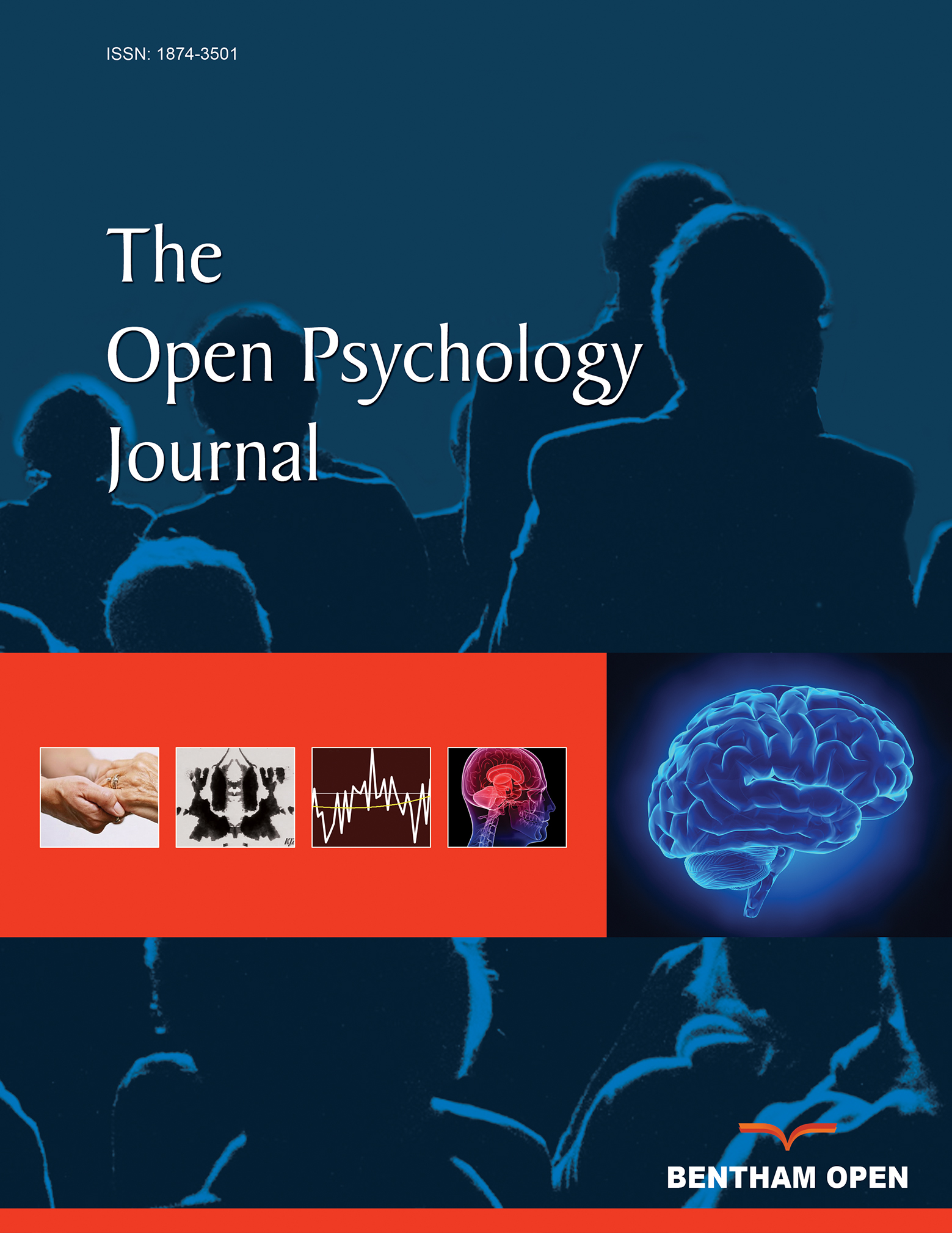All published articles of this journal are available on ScienceDirect.
Spatial Descriptions Eliminate the Serial Position Effect
Abstract
Aims:
The present study aims to investigate the occurrence of the serial position effect in the recall of items verbally presented in three different contexts.
Background:
The serial position effect has been studied with both verbal (e.g., words) and visuospatial (e.g., locations) stimuli but not with verbal-spatial stimuli (i.e., spatial description of an environment). In particular, a spatial description of an environment has both spatial information and a meaningful context.
Objective:
The objective of the present study is to determine whether the use of different contexts (namely, a classic word list, a spatial description of a room, and a narrative without spatial information) can alter the serial position effect.
Methods:
Depending on the condition, participants were exposed to a) a list of objects, b) a spatial description of a room containing the same objects; c) a narrative presenting the same objects in lack of spatial information. After this learning phase, participants performed a recognition task.
Results:
The recognition task revealed different accuracy distributions in the three conditions. In particular, in the spatial description condition, the accuracy distribution did not change across the item position.
Conclusion:
This result is in line with previous studies with visuospatial stimuli. Thus, it seems that spatial descriptions are a particular kind of verbal stimuli, which are encoded similarly to visuospatial stimuli. Overall, these outcomes support the idea that spatial descriptions elicit a spatial representation, which enhances item retention and eliminates the serial position effect.


